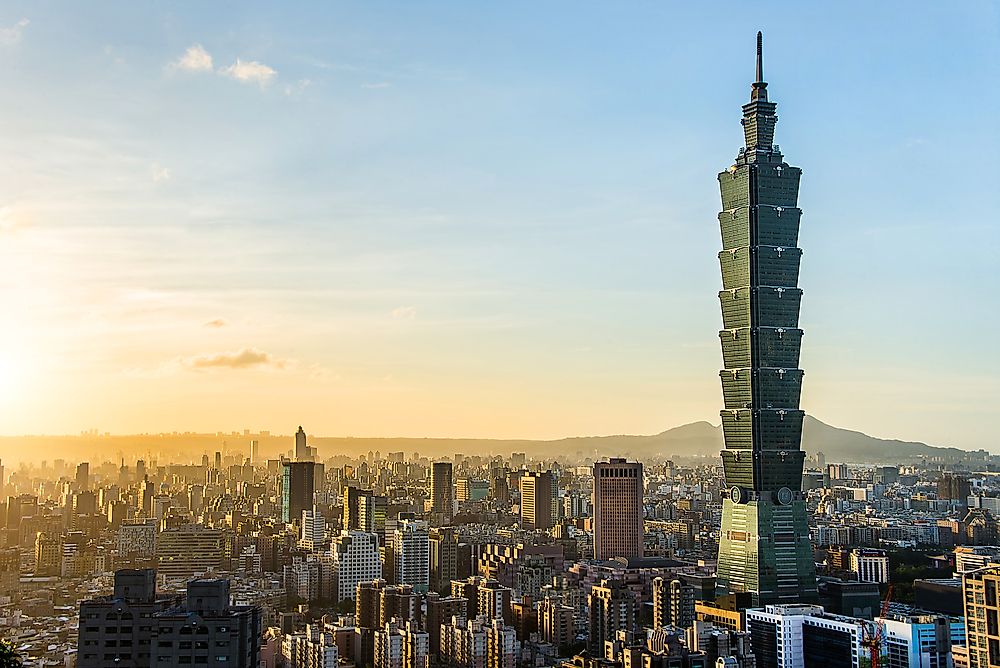What Was The Taiwan Miracle?

The Taiwan Miracle was a period in the late 20th century when Taiwan’s economy experienced an unprecedented growth rate, with the country also witnessing rapid industrialization. Taiwan’s Gross National Product recorded an explosive growth of a staggering 360% from 1965-1986. Even more impressive was the country’s global industrial production output, which grew by 680% in the 1965-1986 period.
History
The Kuomintang regime had to escape China after losing during the China Civil War and decided to establish a parallel government exiled in Taiwan. Fortunately for the Chinese immigrants, the island already had basic industrial and agricultural infrastructure set up by the Japanese, in addition to the food and chemical reserves the Japanese had left. Upon settling in Taiwan, the regime began a series of reforms, the first being land reforms that oversaw the abolishing of the traditional landlord land system and the resulting increase in small-scale farmers and increased agricultural production.
Causes
The government also made the business environment flexible, allowing domestic companies quick to adapt to changes in the international market, in a special brand of capitalism where the government completely protected the market. The Taiwanese government also focused on importing the latest industrial technologies from foreign countries, an act which accelerated the development of the country. The enabling business environment and political goodwill from the government to support businesses triggered a mass exodus of businesses and firms from mainland China who settled in Taiwan. The movement of businesses also pulled with it Chinese business elites and intellectuals to the island.
The country had mostly uneducated and under-educated population which was also quite young, and this population offered cheap labor to the domestic companies. Cheap labor meant that Taiwan-based companies had low production costs, resulting in high profits. The United States also played an essential role in the growth of Taiwan during this period and sent to the island nation financial aid amounting to $4 billion between 1945 and 1965. American assistance during this period also came in the form of military and food aid. In education, the country aimed at having its citizens fluent in English, Mandarin, and Taiwanese. Mandarin was seen as necessary since it was the official language in mainland China, while English was selected as the country embraced globalization.
Influence
The recent meteoric rise of China to become a global economic giant mirrors the Taiwan Miracle that occurred more than four decades ago, with the two sharing numerous characteristics. China’s dominance in the world’s economic landscape is attributed to the availability of cheap labor among its population, political goodwill from a stable government and the non-existence of trade unions, factors that were behind the Taiwan Miracle of the late 20th century.
Modern-day Taiwan
The rise of China has overshadowed the economic growth of Taiwan, which – like many countries – cannot compete against China in labor-intensive industries, due to the diminishing availability of a cheap educated labor market in Taiwan. In response, Taiwan has shifted its focus to information technology, where the country has invested heavily. As a result, Taiwan has become a major IT hub in the region, with the presence of Taiwanese technology being felt as far as in American Silicon Valley.











